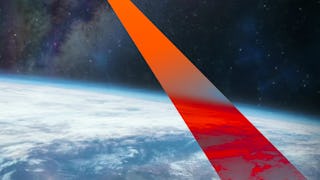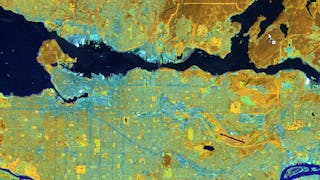Updated in May 2025.
This course now features Coursera Coach! A smarter way to learn with interactive, real-time conversations that help you test your knowledge, challenge assumptions, and deepen your understanding as you progress through the course. Explore the dynamic world of satellite remote sensing data through a comprehensive bootcamp that equips you with essential skills using open-source tools. Beginning with the fundamentals, you'll be introduced to the core concepts of remote sensing, including various data types and the tools essential for their analysis, such as R and QGIS. As you progress, you will delve into the intricacies of optical remote sensing, learning to download, preprocess, and interpret Landsat data while mastering tools like the Semi-Automatic Classification Plugin in QGIS. The course then guides you through more advanced topics, including the many uses of optical data for various indices and transformations, using a range of tools like GRASS GIS, ESA SNAP, and R. You will explore critical processes such as texture indices, tasseled cap transformations, and dimension reduction, ensuring a thorough understanding of how to handle and manipulate data for your specific geospatial needs. Each section builds upon the last, culminating in the application of machine learning techniques to classify remote sensing satellite data. To round out your expertise, the course introduces active remote sensing with Synthetic Aperture Radar (SAR). You'll learn the practical aspects of obtaining and preprocessing ALOS PALSAR data, filtering for speckles, and deriving valuable backscatter information. By the end of this bootcamp, you'll be fully equipped to analyze and interpret both optical and SAR data, making you a valuable asset in the field of geospatial analysis. This course is ideal for geospatial professionals, environmental scientists, and data analysts looking to expand their expertise in satellite remote sensing. A basic understanding of GIS and remote sensing concepts is recommended but not required.




 中
中











